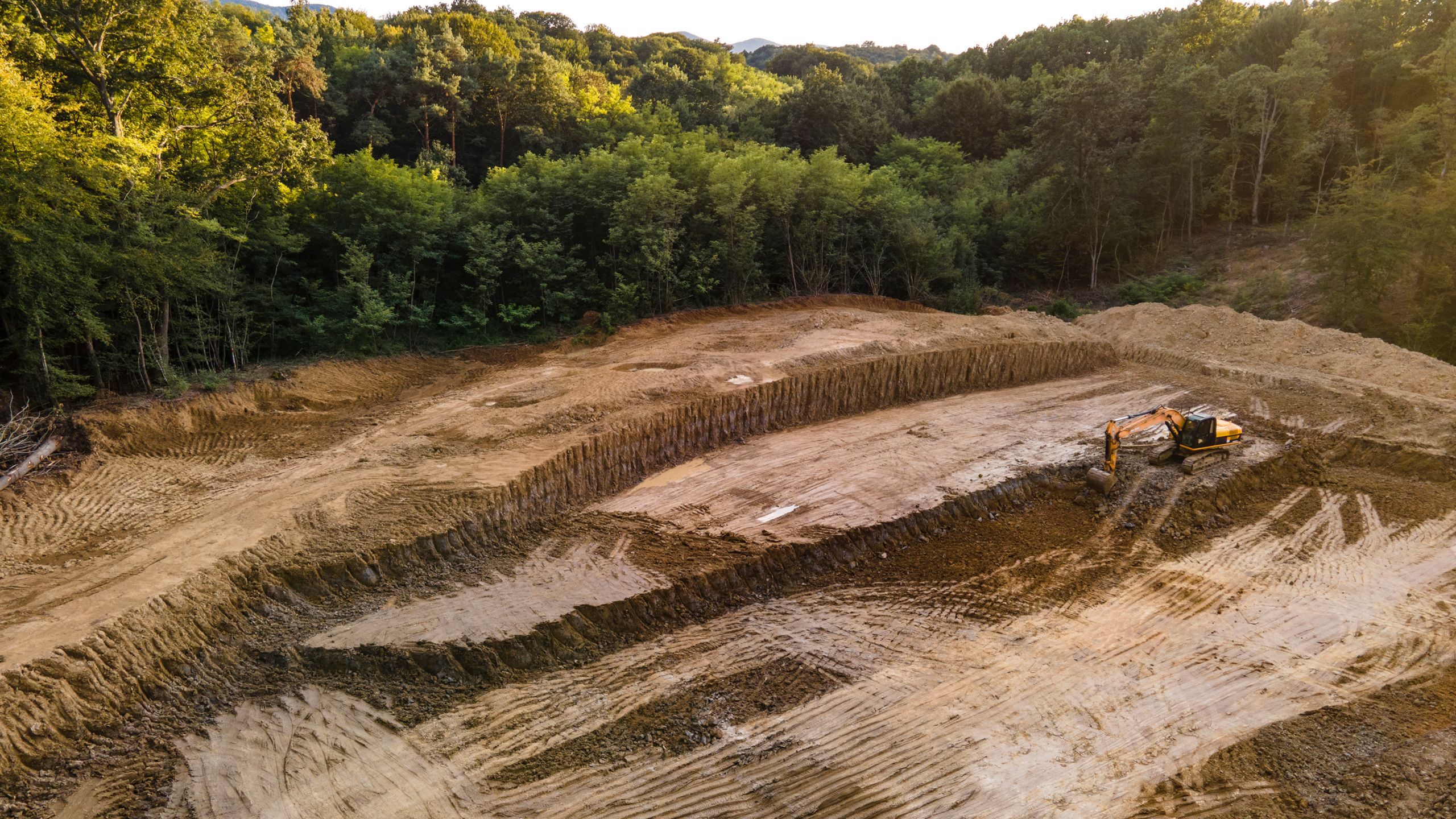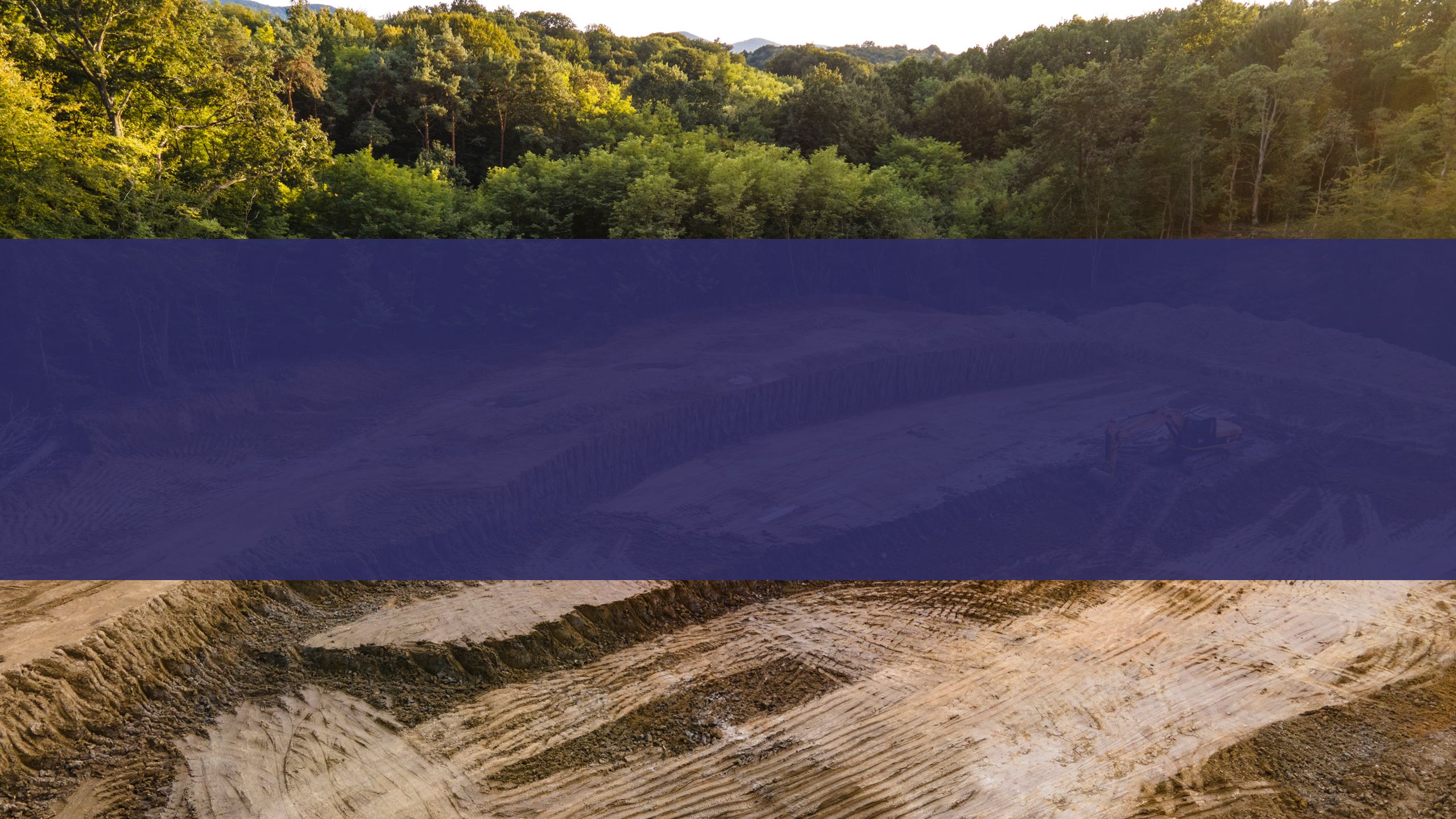Reclaimed Calcined Clay for Low Carbon Cements (Re-C3)
Using reclaimed clay from UK quarries to produce the next generation of low-carbon concrete

Reclaimed Calcined Clay for Low Carbon Cements (Re-C3)
Using reclaimed clay from UK quarries to produce the next generation of low-carbon concrete
The carbon footprint of concrete can be lowered by substituting a proportion of Portland cement – which is energy-intensive to produce – with other materials that have cementitious properties.
In recent decades, the construction industry has used fly ash from coal-fired power stations and Ground Granulated Blast furnace Slag (GGBS), a by-product of steel manufacture, as supplementary cementitious materials (SCM). However, the closure of UK coal-fired power stations and the transfer to cleaner technologies means the domestic supply of these by-products is increasingly limited.
Materials Products Association Limited (MPA), the association that represents UK cement manufacturers, led a consortium of industry experts from Forterra, Heidelberg Materials, Imerys and Tarmac and academics from the University of Dundee and University College London to explore whether lower-carbon concrete could instead be created using reclaimed clays as an SCM.
“Concretes containing calcined clay are becoming available internationally with manufacturing sites in Europe, South America and Africa. These tend to use high-value virgin clay, so we wanted to see whether lower-value reclaimed clay could be used, for example, the waste generated from quarrying activity, or clays that have already been calcined, such as brick dust,” explains Roger Griffiths, Manager of Innovation Projects at MPA. “The use of lower-value clays could be economically advantageous and improve circularity by using material currently discarded in UK quarry or brick production sites.”
With funding from the Transforming Foundation Industries (TFI) challenge, the project tested samples of 10 clays from UK quarries for their potential as an SCM. Of those, four were selected for pilot production.

“If concrete production is not to take a backwards step in terms of carbon footprint, we need an alternative to GGBS and fly ash. Using lower value clays that would otherwise be discarded removes the need to rely on virgin materials, creates a UK-based supply, and ensures that demand for lower-carbon concrete can be met.”

“These clays were calcined using two different methods: by rotary kiln, which is a commonly available technology in the UK, so could potentially be incorporated into existing production, and by flash heating, which is more thermally efficient but would require new plants to be built in the UK,” explains Griffiths.
The calcined clays, along with finely ground waste bricks, were used to produce cements and concretes that underwent rigorous strength and durability testing. The results showed that concretes made with reclaimed clays matched the performance of those made with fly ash and GGBS and could reduce the embodied CO2 of concrete by 10-30% compared to Portland cement.
“To demonstrate the use of these new concretes and help publicise the project’s findings to the construction industry, 26 retaining wall units were produced. In these units, the cement portion of the concrete mixes contained the newly developed calcined clay cement with as little as 55% Portland cement clinker,” says Griffiths.
The project results have also been used to inform the update of national standards, which will enable the use of these concretes in construction applications.
“If concrete production is not to take a backwards step in terms of carbon footprint, we need an alternative to GGBS and fly ash. Using lower-value clays that would otherwise be discarded removes the need to rely on virgin materials, creates a UK-based supply, and ensures that demand for lower-carbon concrete can be met,” says Griffiths. “We now need industry and government to get behind this technology and start investing in the production of calcined clay cement.”

“These clays were calcined using two different methods: by rotary kiln, which is a commonly available technology in the UK, so could potentially be incorporated into existing production, and by flash heating, which is more thermally efficient but would require new plants to be built in the UK,” explains Griffiths.
The calcined clays, along with finely ground waste bricks, were used to produce cements and concretes that underwent rigorous strength and durability testing. The results showed that concretes made with reclaimed clays matched the performance of those made with fly ash and GGBS and could reduce the embodied CO2 of concrete by 10-30% compared to Portland cement.
“To demonstrate the use of these new concretes and help publicise the project’s findings to the construction industry, 26 retaining wall units were produced. In these units, the cement portion of the concrete mixes contained the newly developed calcined clay cement with as little as 55% Portland cement clinker,” says Griffiths.
The project results have also been used to inform the update of national standards, which will enable the use of these concretes in construction applications.
“If concrete production is not to take a backwards step in terms of carbon footprint, we need an alternative to GGBS and fly ash. Using lower-value clays that would otherwise be discarded removes the need to rely on virgin materials, creates a UK-based supply, and ensures that demand for lower-carbon concrete can be met,” says Griffiths. “We now need industry and government to get behind this technology and start investing in the production of calcined clay cement.”
